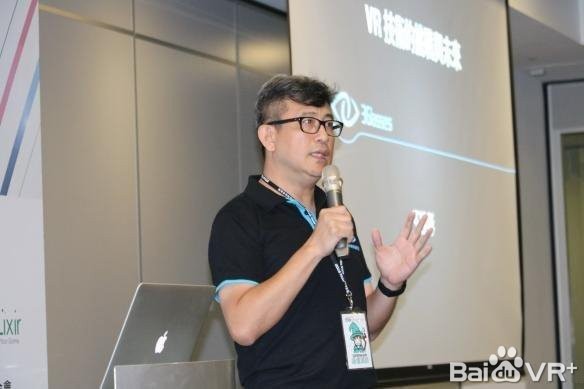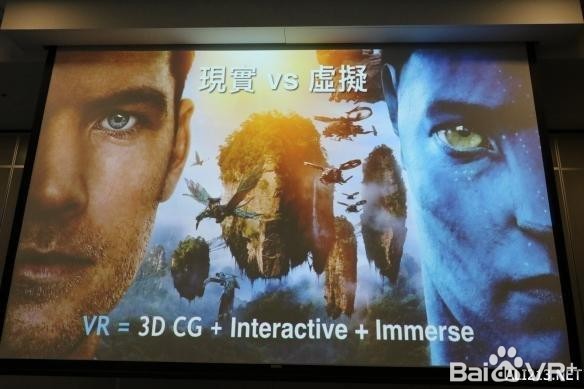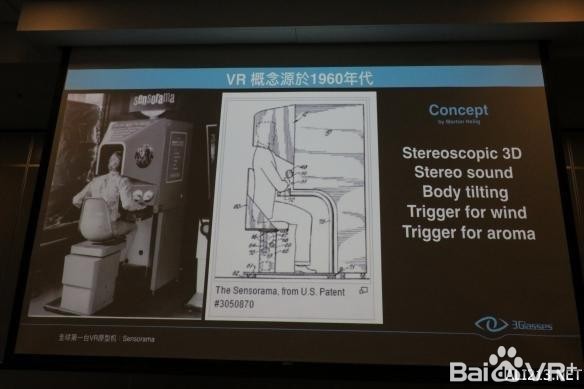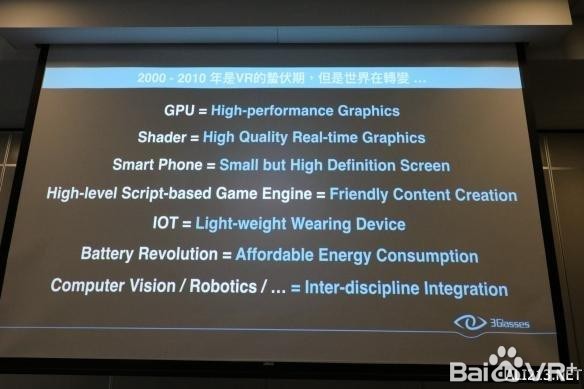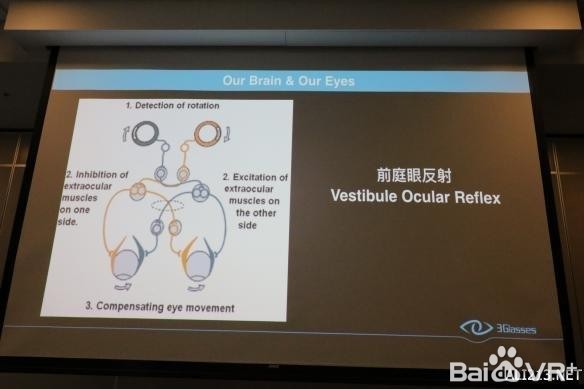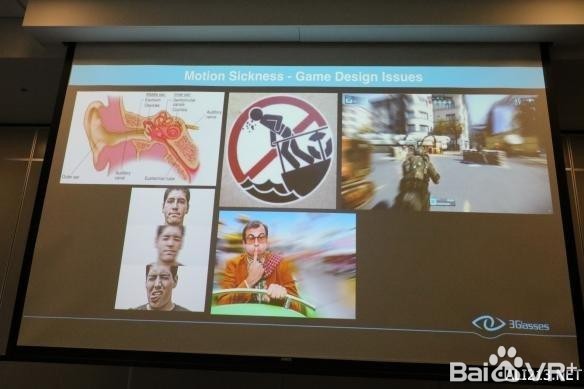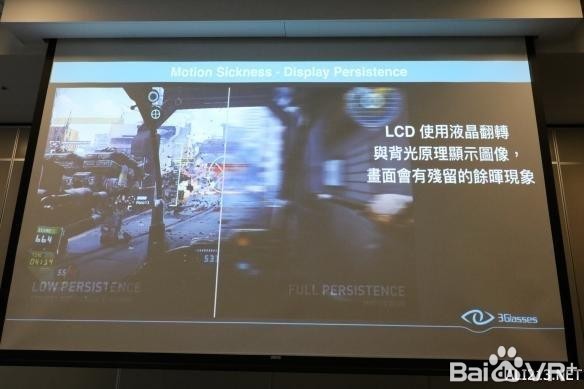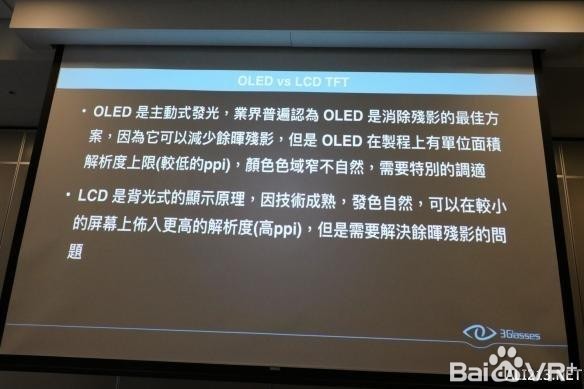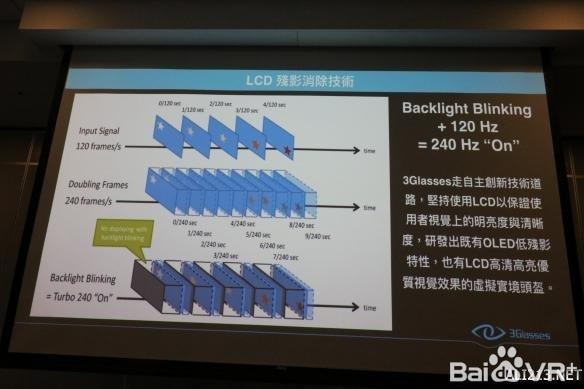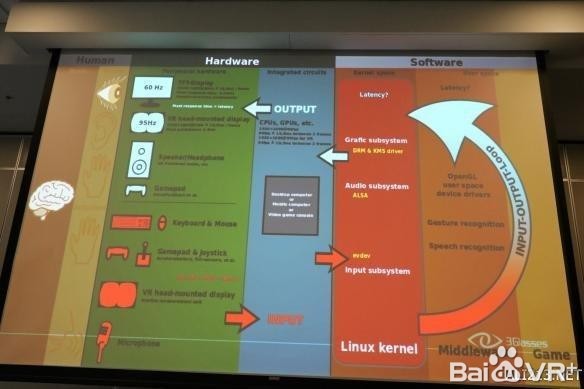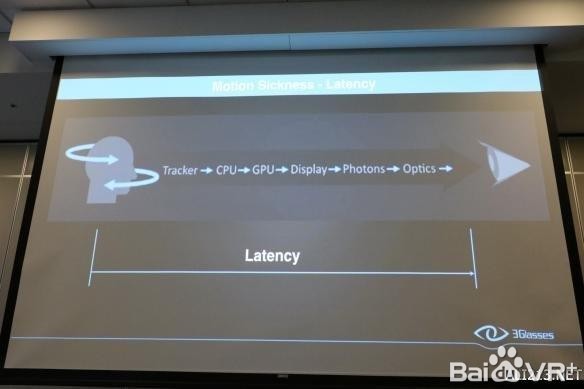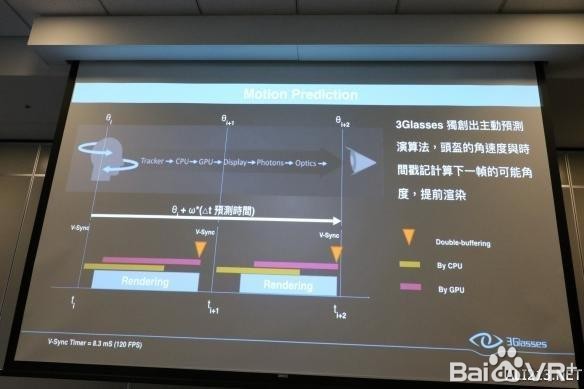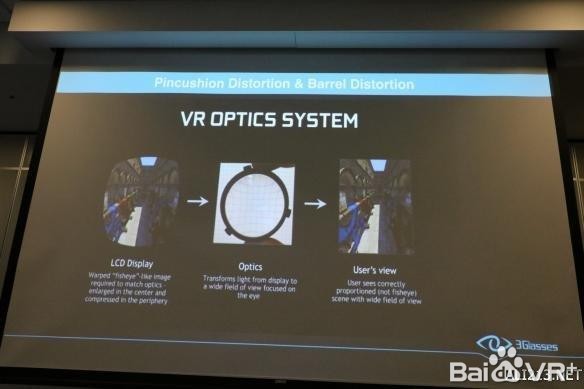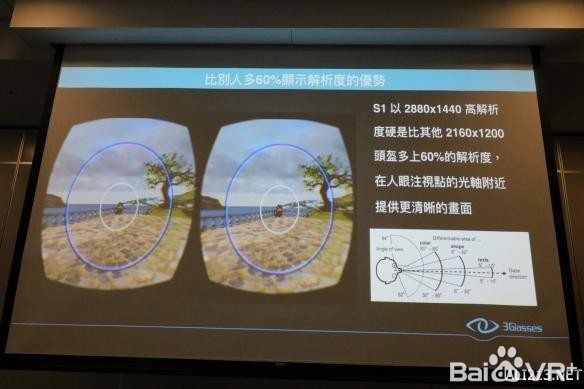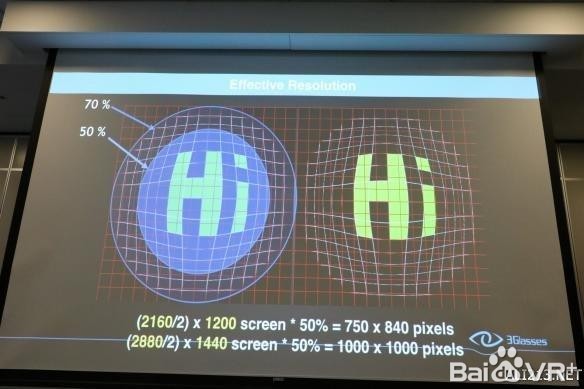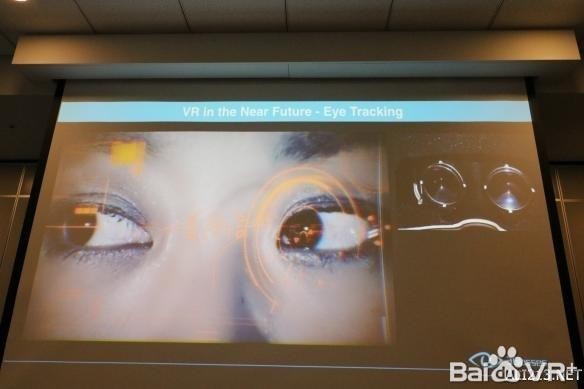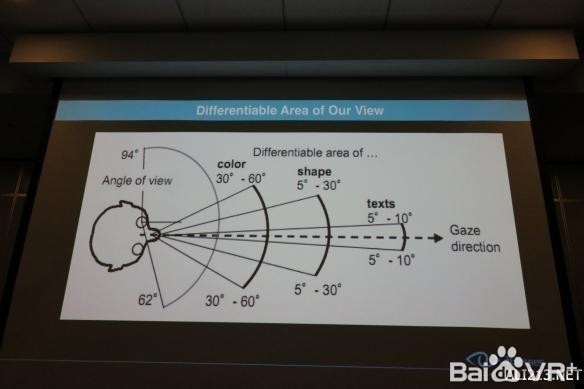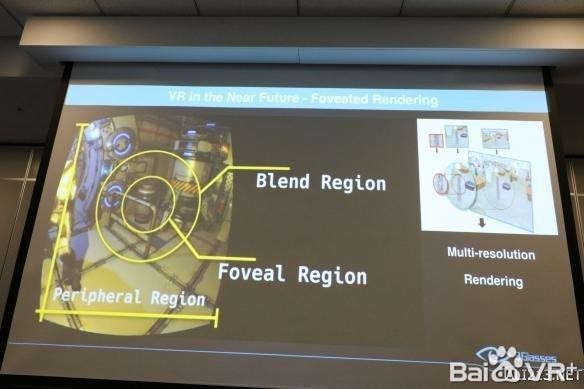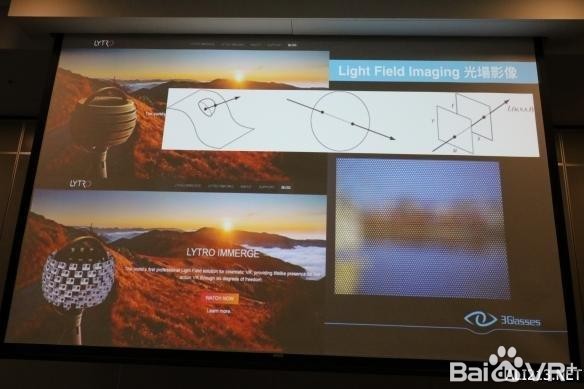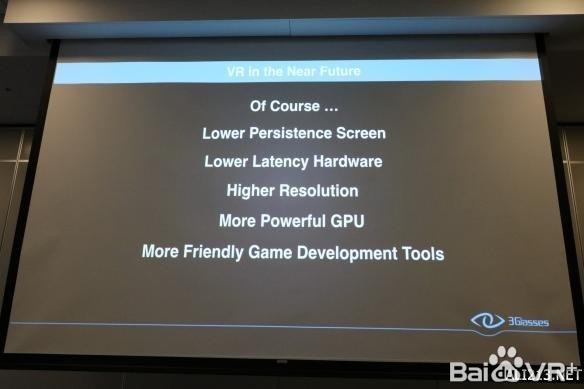Professional popularization: Taiwan's science and technology talks about the evolution of VR technology
Wang Weizhang, Chief Scientist of Taiwan Virtual Reality Technology Co., Ltd. and CEO of Ink Art Technology Co., Ltd., introduced the development of VR and the challenges faced in development. Wang Yuzhang has been involved in the field of Reality Enhancement (AR) and Virtual Reality (VR) for more than 10 years. In today's "Challenge and Future of VR Technology" topic, he will lead everyone to understand the evolution of VR technology and explore the current VR technology. Challenges and issues, and analyze opportunities for future VR technology development. VR evolution "In fact, VR has been around since a long time ago," he added, but the idea is even more powerful. If you can't do it, you can't become an industry. Even now, VR still has many challenges. He said: "The concept of VR refers to the use of 3D technology to reconstruct a virtual interactive environment, and is an immersive environment, so that is virtual reality. Since 1960, people have proposed the concept, VR is to use the difference in perspective to create a floating The image, the sound is three-dimensional, the chair will move, and there is a fan and aroma design. Then there are people who are studying how to make a more convenient device. In the 1980s and 1990s, NASA also had experimental helmets, earphones, gloves, etc. After that, VR Cave was developed one after another, and images were displayed around the translucent screen." After that, the VR-related technology stopped, and it was only in the recent years that it started again. What kind of reason has changed the world? Wang Haozhang proposed that in the past few years, there have been GPUs that can directly present images through programs. The VR technology can be developed again by calculating the imaginary material Shader, the small high-resolution screen smartphone, the high-end engine, the small battery, and the cross-domain technology integration that enable the industry and students to use the same tools. VR challenge The first problem that needs to be solved in developing VR software is "dizziness." He said: "The eyes are very sensitive parts; when the head turns to the right, the brain will receive the signal 'head turn right', telling the muscles on both sides of the eye to adjust the eye to make a reasonable adjustment in the opposite direction, let your eyes The image you see is stable, this is the vestibular eye reflex. If there is no such reaction, people will fall easily. Once the eye and the rhythm of the brain are not keeping up, the body will react, like through nausea and vomiting. Remind you that your body is in an abnormal environment." As for how to solve this, it has something to do with the setting of the game. Before that, there are two situations to understand the dizziness: First, when people are in a stable environment, but the picture runs quickly, there will be It may be very uncomfortable, such as shooting games; if the picture is far from the eyes, people can easily adjust it, but when the picture is in front of the eyes, it will take a long adjustment time; second, the image seen by the eyes is not While moving, but the body feels shaking, this is similar to the situation of motion sickness and seasickness. He said: "Smear affects people's feelings. OLED screens can reduce this situation, but the number of pixels that each unit can put in is lower, and the color is less natural. The color of the LCE screen is natural, but it is natural. In particular, we need to solve the problem of smear. The VR device developed by our company uses LCE to present more natural colors, and through Backlight Blinking technology, it solves the problem of smear by simulating the active illuminating effect of OLED." At the ongoing Taipei International Game Developers Forum, Wang Weizhang, the chief scientist of Taiwan Virtual Reality Technology Co., Ltd., introduced the development of R and the challenges it faced during development. The problem facing the second VR is “delayâ€. The program needs to present the picture to the user through the operation. How to present it in the shortest time is the need to examine it; and the solution of the Wang Yuzhang team is “predictive calculusâ€. In order for the image to be presented to the user on a very close screen, it is necessary to use the optical system, but at the same time, pay attention to the refractive index, and assist the normal rendering of the picture by shaping and deforming. The future of VR He imagined that there would be eye tracking in the device in the future, which could track the eye's line of sight. He mentioned that people's eyes are very special. The range from the left to the center of the line of sight can be clearly distinguished from different angles. For example, the center line of sight can easily recognize the font within the range of 5 to 10 degrees. This eye is constructed like this. Say, the image at the center of the line of sight will be clearer and the side will be blurred. If you have eye tracking technology, you can achieve multi-resolution calculations, instead of only unified resolution, according to foreign research figures, this can increase performance by 80%. In addition, he also mentioned that the light field image, through this technology can capture the color of light, the angle of light, the location, etc.; although there are still many challenges, but VR can continue to develop. Nail Clipper,Stainless Steel Nail Clipper,Safety Nail Clipper,Practical Nail Clipper Yangjiang Etina Houseware Co., Ltd. , https://www.stjsrobot.com